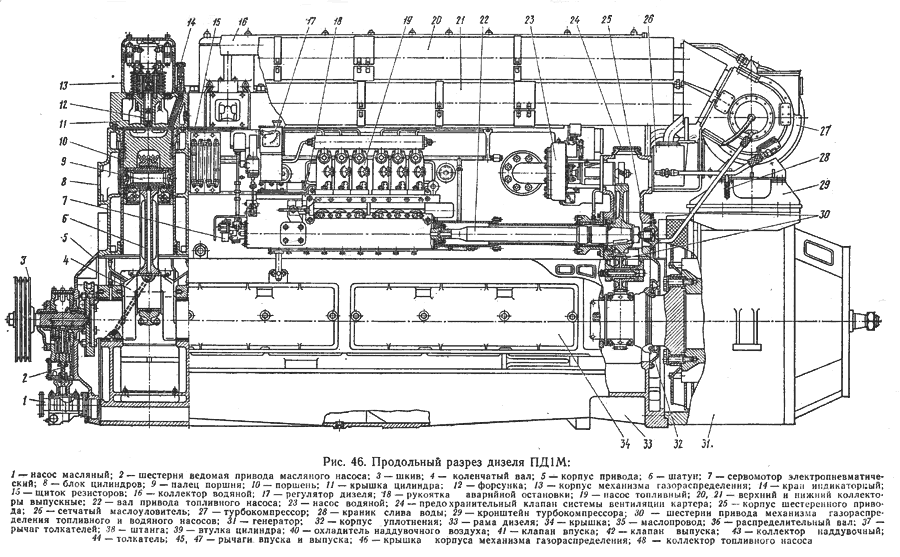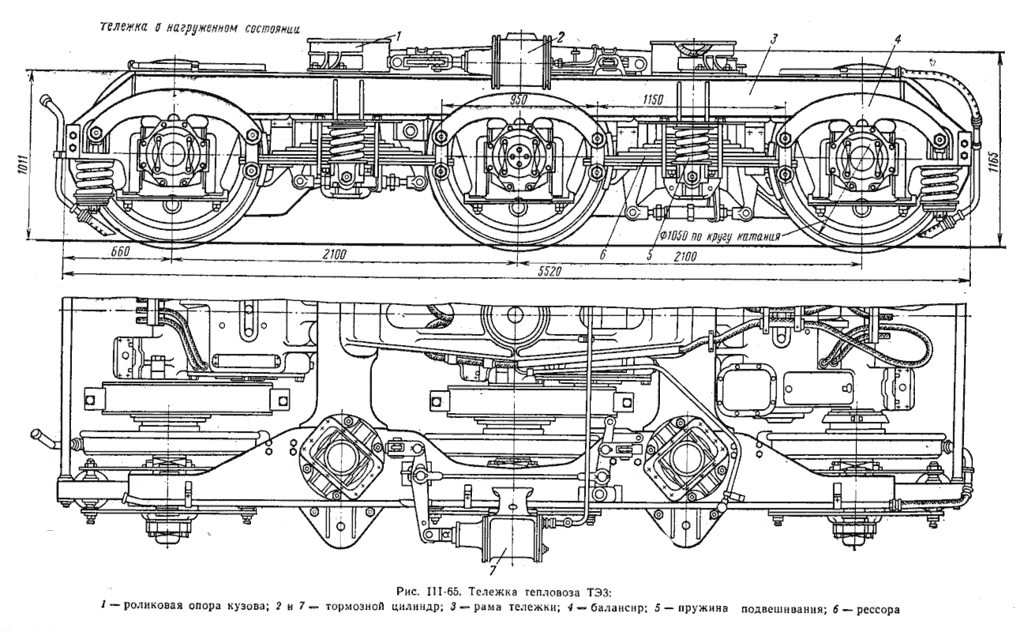I believe that the Penza name comes from the Penza Oblast (more or less a county) Differant designations could be the result of manufacture by differant companies. (especially in the post USSR.) The "11DM1" could be a mistranslation. If you connect the two "1's" together with a horizontal line at the top it would look more or less like a Cyrillic "P." "M" is often used to denote a "modernized" design. The MPS-Penza website has a pic of the engine and generator calling it a Дизель-генератор ПДГ1М (Diesel-Generator PDG1M,) which I logically take to stand for "Penza Diesel Generator 1 Modernized.
I have often read this engine called the Penza engine in differant Russian literature. I found a lot of parts info from the MPS-Penza website.
http://www.mps-penza.ru/catalog.html While there is a lot more info available in this day and age of the internet, I have still had a fairly hard time finding detailed information on the internal workings on Russian locos. Every once in a while I find a little gold mine of information hidden in the vast wilderness of the internet. (like the above site) There may well be books written in Russian that cover this in detail, but they are a nonexsistant item here in the US. Working with RSD1's on a regular basis has also provided insight (and interest) as well. There are internal parts of that immediatly familar, and others that have obviously been redesigned and improved.
At least 9500 TEM2 series locos built makes this an amazingly successful design. That they arose from such interesting origions makes them even more fascinating. It would be interesting to know how they acheived the additional power over the origional engine since so much of the basic design seems to have persisted. A 30% HP increase is fairly sizable. I have also seen companies offering items such as microprocessor controls, and 8 cyl V engines to repower/modernize TEM2 family locos as well.
I have been able to locate quite a bit of info for the TEM2's. It would be most interesting to be able to look into the TEM1, TE1 that predate that TEM2 family in as much detail. The TE1 is the origional "copy" of the RSD1. Seeing such close simularities with the origional Alco is rather remarkable considering what is seen in the TEM2 is already 3 or more design generations removed from the origional.
Here is a pic of a TE1
http://www.locopage.net/rzd-te120135.jpg
---------------------------
Alco's problem didn't derive from a lack of horsepower or suitable power plant to build a good switching loco. The 8 cyl. 251 produces 1500hp. I think the trouble lie more in what was quite frankly a dreadful design in the C415. Had Alco made a more conventional switching loco I think they would have had far more market acceptance. True, the 8 cyl. 251 has a bad rap in the railroad business, but I think a lot of that resulted from the loco it was placed in as opposed to the actual engine itself.


